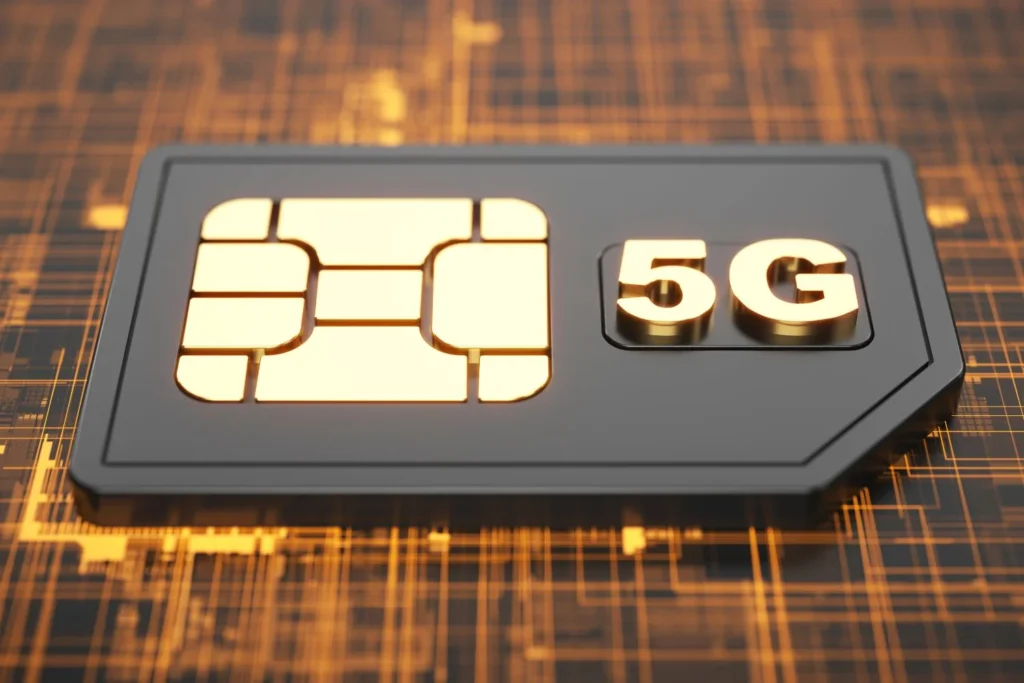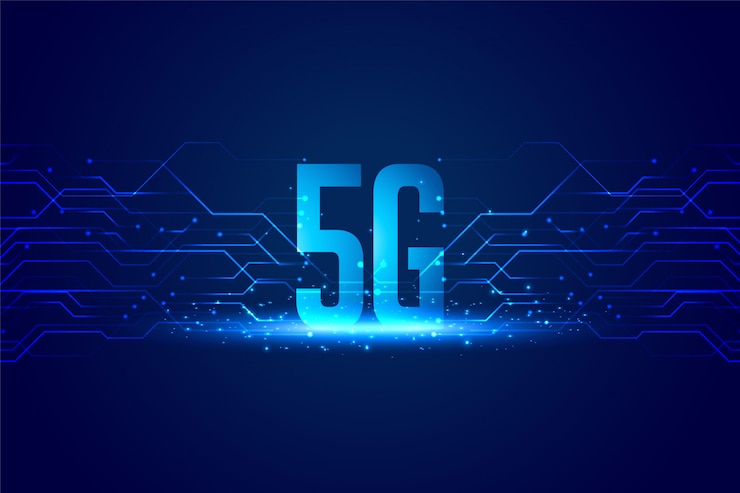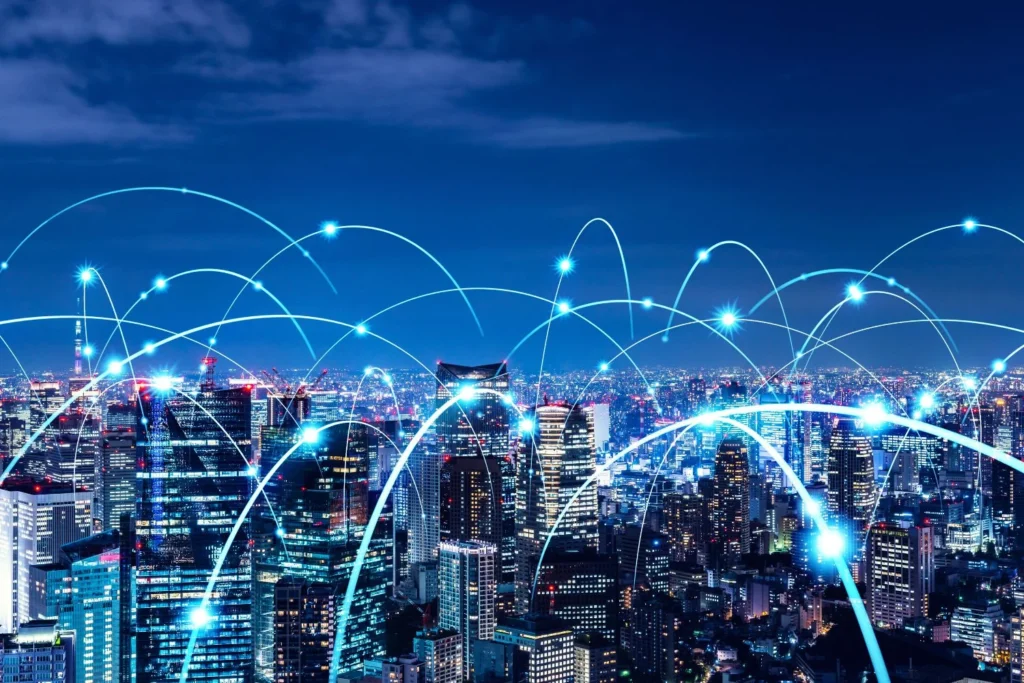The rapid evolution of 5G technology has reshaped the digital landscape, offering unprecedented speeds, ultra-low latency, and connectivity potential for industries worldwide. In 2024, we’re already experiencing transformative impacts, but the 5G journey is only beginning. Looking ahead, 2025 is anticipated to be a milestone year for 5G expansion, with widespread coverage, enhanced infrastructure, and new applications that promise to unlock the full potential of a connected world.
5G Tech – words
- Current State of 5G Technology
- Key Drivers Behind 5G Expansion in 2025
- Predicted Coverage and Reach of 5G by 2025
- Technological Advancements Enhancing 5G Capabilities
- Economic Impact of 5G Expansion
- 5G’s Influence on Industries
- Challenges to 5G Expansion in 2025
- The Future Beyond 5G: Looking Toward 6G
- What 5G Expansion Means for the Global Future

In this article, we’ll explore where 5G technology stands today, the driving factors behind its growth, predictions for its reach, technological advancements, and the implications it holds for businesses and individuals alike.
1. Current State of 5G Technology
As of 2024, 5G technology has achieved significant global coverage, especially in urban areas across North America, Europe, and parts of Asia-Pacific. However, many rural and developing areas are still catching up, as full 5G rollout requires substantial investment in infrastructure and network support.
5G use cases have evolved across various sectors, from enhanced mobile broadband and fixed wireless access to more specialized applications like smart city initiatives, telemedicine, and autonomous vehicles. Yet, many of these applications are still in their early stages, hindered by infrastructure challenges, regulatory considerations, and the need for cross-industry collaboration.
In terms of adoption, reports indicate that nearly 1.5 billion people globally use 5G devices today. However, this is expected to nearly double as networks expand and more affordable 5G-enabled devices become available.
2. Key Drivers Behind 5G Expansion in 2025
The continued expansion of 5G in 2025 will be driven by several factors:
- IoT Growth: The proliferation of Internet of Things (IoT) devices demands a network capable of handling massive data transfers with minimal delay. As smart homes, cities, and industries continue to evolve, 5G’s high-speed connectivity and capacity will be indispensable.
- Edge Computing and AI: The growth of edge computing, where data processing happens close to its source, and AI-driven applications require 5G to support low-latency operations. Industries rely on these technologies for efficiency and automation.
- Corporate and Government Investments: Governments worldwide are investing heavily in 5G infrastructure, particularly in emerging markets where connectivity can spur economic growth. Major corporations and tech giants are also expanding 5G capabilities, ensuring competitive and innovative market offerings.

3. Predicted Coverage and Reach of 5G by 2025
By 2025, 5G is expected to cover over two-thirds of the global population. The deployment will reach further into rural and underserved regions, with the help of new technology, like satellite-backed 5G, and government subsidies aimed at closing the digital divide.
Regional Breakdown:
- North America and Europe: Expected to achieve close to 90% population coverage, with dense networks in metropolitan areas and broader expansion in suburban and rural locations.
- Asia-Pacific: This region, home to early 5G adopters like China and South Korea, is set to maintain leadership with widespread adoption across urban and rural landscapes.
- Emerging Markets: Africa, South America, and parts of Southeast Asia will see 5G expansion thanks to foreign investment and government-backed initiatives aimed at improving digital infrastructure.
Rural vs. Urban: Rural areas will witness an increase in network availability and affordability, as network operators and governments focus on bridging connectivity gaps. Meanwhile, urban areas will experience more robust 5G networks to manage high-density usage and new applications.
4. Technological Advancements Enhancing 5G Capabilities
Several technologies are emerging to support the next wave of 5G improvements:
- mmWave Technology: Millimeter wave (mmWave) technology, although currently limited, will be more widely adopted to offer ultra-fast speeds in dense areas. By 2025, improvements in mmWave hardware could make it more accessible and efficient.
- Small Cells and Densification: Small cells, low-powered nodes distributed in close proximity, will play a crucial role in densifying 5G networks, especially in congested urban zones where reliable connectivity is essential.
- Network Slicing: This allows network operators to create dedicated “slices” of the network for specific use cases, like streaming or autonomous driving, optimizing resources for various applications.
- Enhanced Mobile Broadband (eMBB) and Ultra-Reliable Low Latency Communications (URLLC): Expected upgrades in eMBB will improve download speeds for the average user, while URLLC will ensure reliable, low-latency connections critical for sectors like healthcare and transportation.
5. Economic Impact of 5G Expansion
The economic impact of 5G expansion in 2025 is expected to be substantial:
- Job Creation: As 5G networks expand, more jobs in network engineering, software development, and IoT integration will emerge, with many opportunities in underserved markets.
- Growth in Emerging Markets: Developing regions will see 5G as an economic enabler, driving entrepreneurship, remote work, and improved access to services, from finance to education.
- GDP Boost: Research predicts that 5G will contribute an estimated $1.3 trillion to the global GDP by 2030, with $150-300 billion attributable to its expansion by 2025 alone.

6. 5G’s Influence on Industries
5G is set to revolutionize various industries by 2025:
- Healthcare: Remote surgeries, real-time patient monitoring, and telemedicine are becoming more viable with 5G’s low-latency connectivity.
- Automotive and Transportation: Autonomous vehicles and smart traffic systems rely on 5G for real-time data processing, facilitating safe and efficient travel.
- Manufacturing and Industry 4.0: Robotics, automation, and digital twin technology in manufacturing processes benefit from 5G’s reliability and speed.
- Entertainment and Media: 5G will enhance AR and VR experiences, allowing for real-time gaming and immersive media experiences on a large scale.
- Education: 5G enables interactive online learning experiences, bridging the educational gap for remote and under-resourced communities.
7. Challenges to 5G Expansion in 2025
Despite its promising future, 5G expansion faces challenges:
- Infrastructure Costs: The cost to install infrastructure, especially in rural areas, remains high, requiring support from governments and private partnerships.
- Security Concerns: As 5G expands, so does the risk of cyberattacks. Addressing security concerns is crucial for consumer confidence and network reliability.
- Environmental Impact: With a higher energy demand, 5G could contribute to environmental strain. Companies are working on green solutions, but this is still a concern.
- Market Competition: As more providers enter the 5G space, competition will affect pricing and service quality, making it essential for regulators to ensure fair practices.
8. The Future Beyond 5G: Looking Toward 6G
While 5G has only just begun to roll out fully, 6G is already on the horizon, expected to launch in the 2030s. Researchers are exploring technologies that will build on 5G capabilities, offering even faster speeds, greater capacity, and integration with AI and quantum computing.
6G Vision:
- Peak data rates up to 1 Tbps, which is 100 times faster than 5G.
- Higher levels of autonomy in network management through AI.
- Better energy efficiency to minimize environmental impact.
While it’s still in its infancy, 6G research and development will likely draw on the successes and lessons from 5G’s implementation.
Conclusion: What 5G Expansion Means for the Global Future
The expansion of 5G in 2025 will bring transformative changes, enhancing connectivity, enabling smart applications, and driving global economic growth. With improved coverage, faster speeds, and more versatile applications, 5G will support an interconnected world that’s